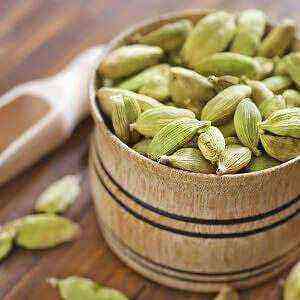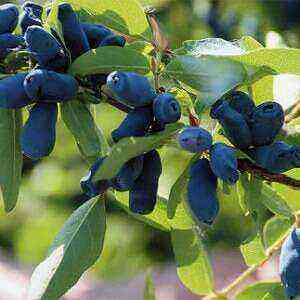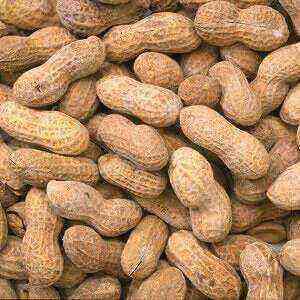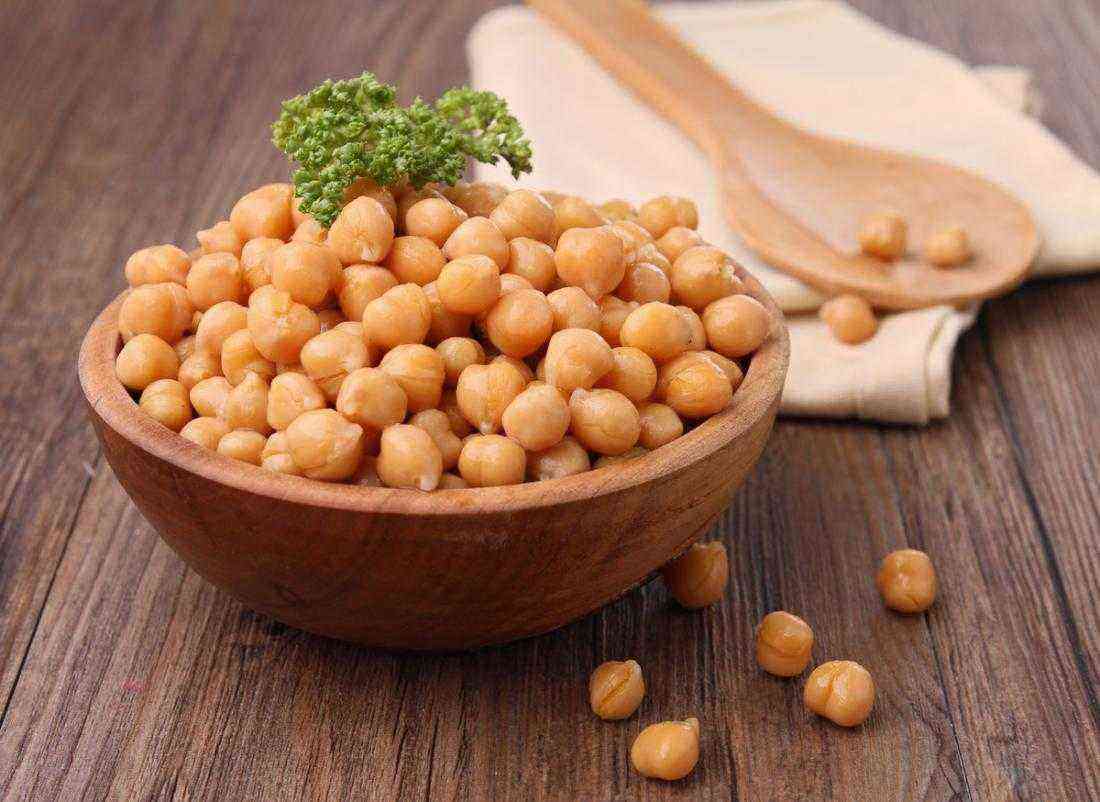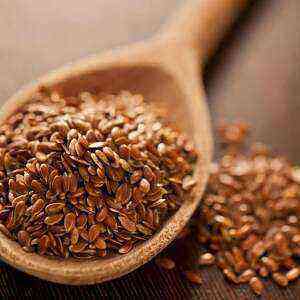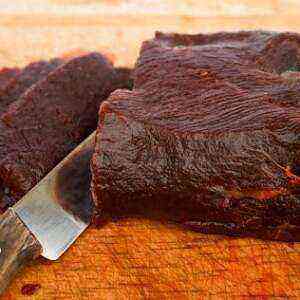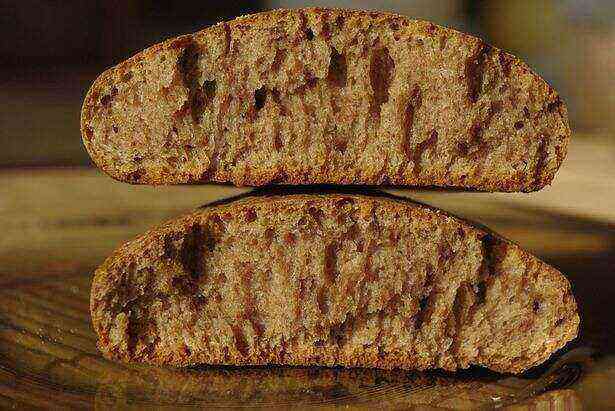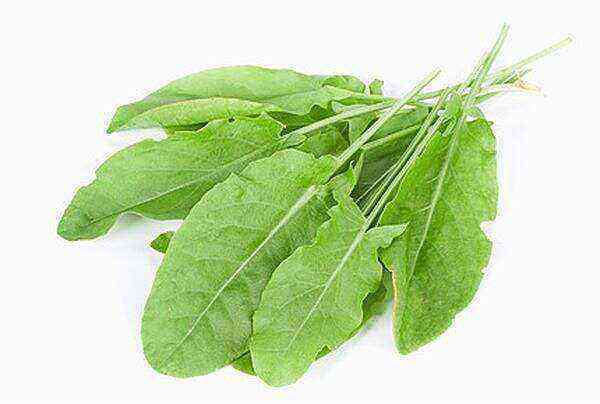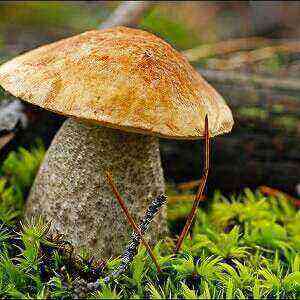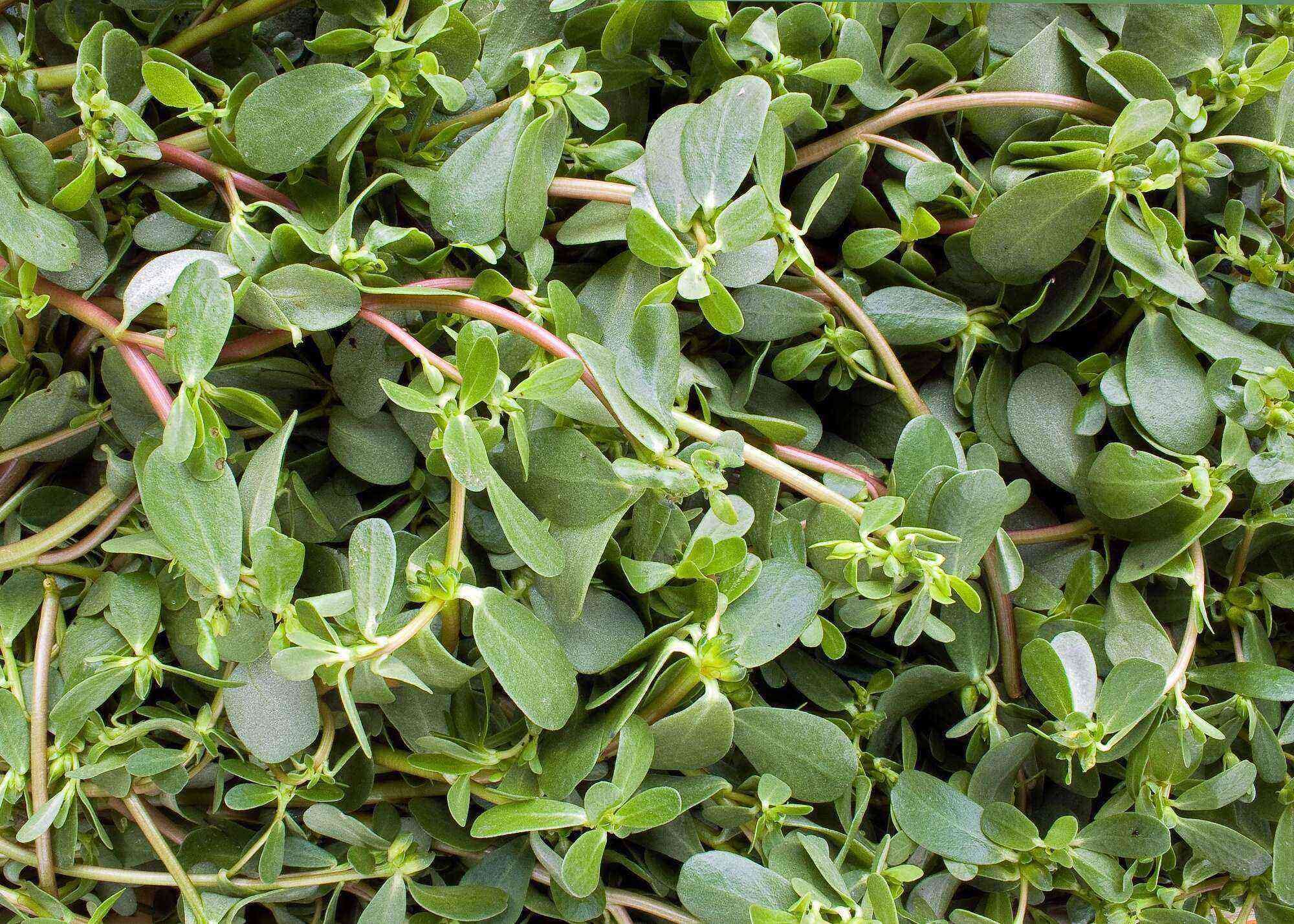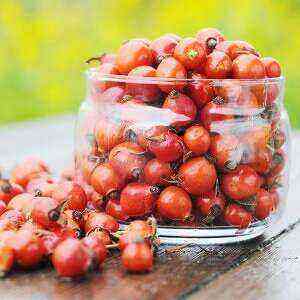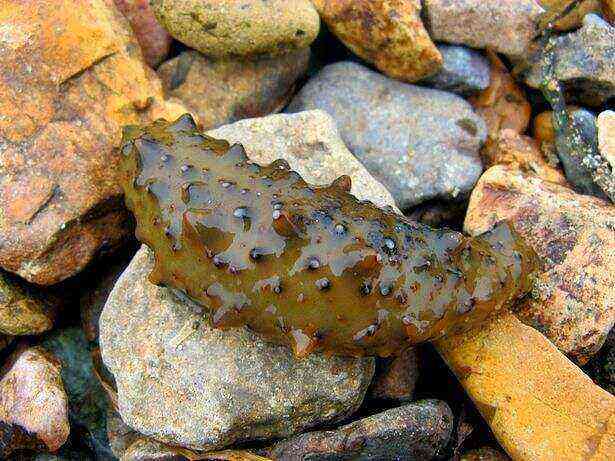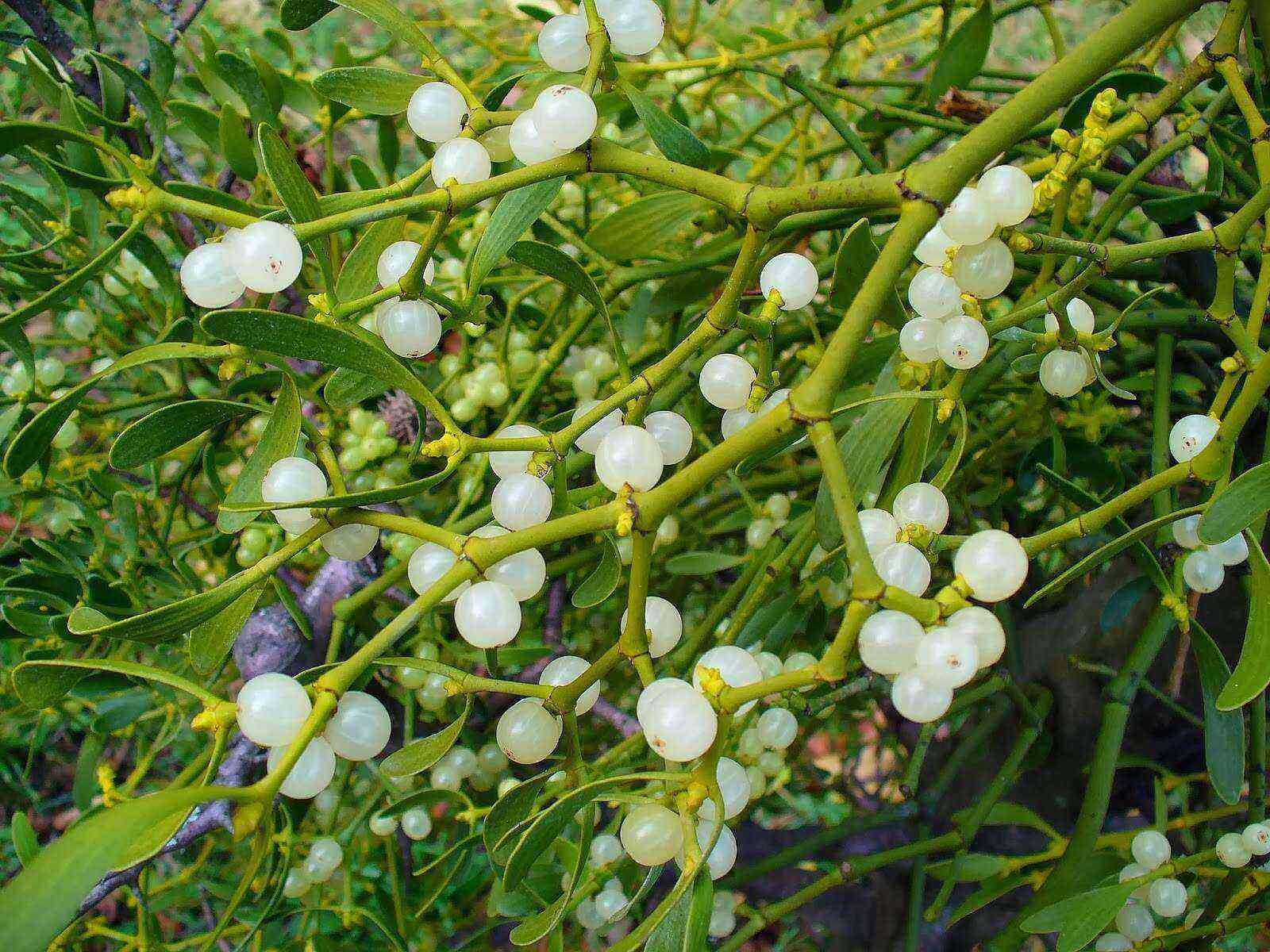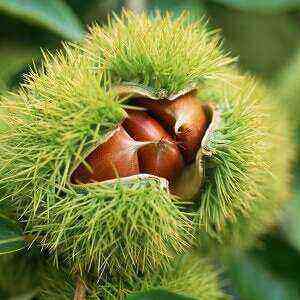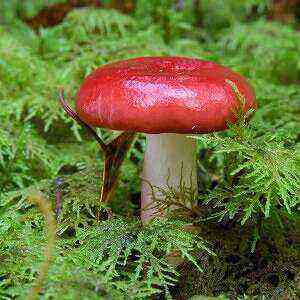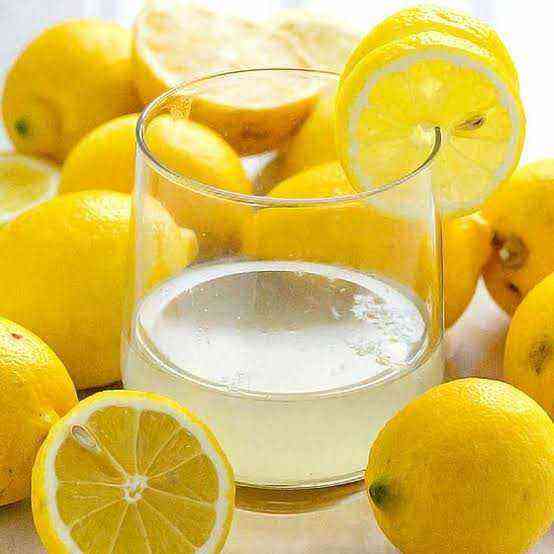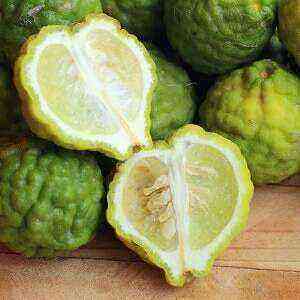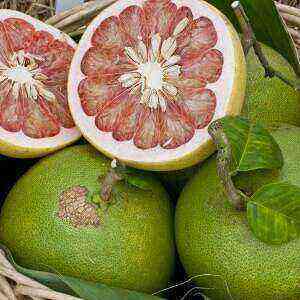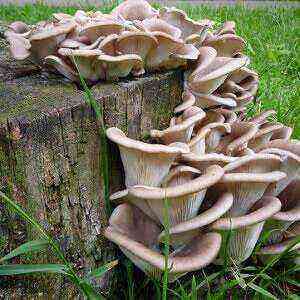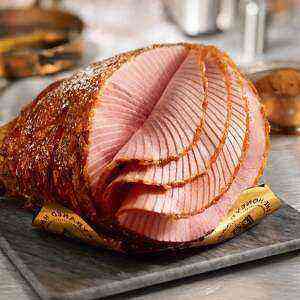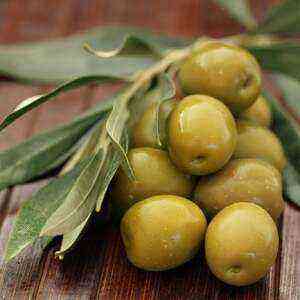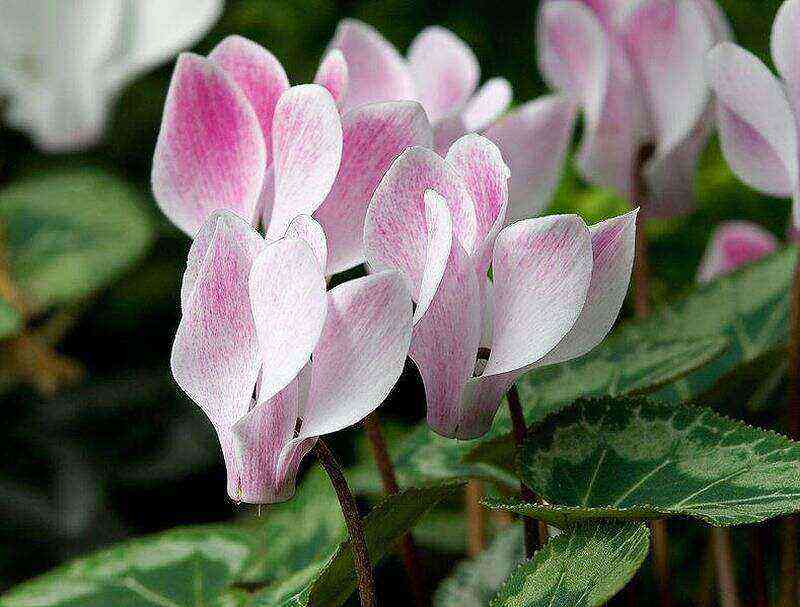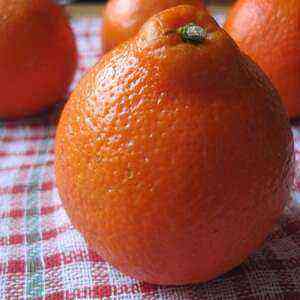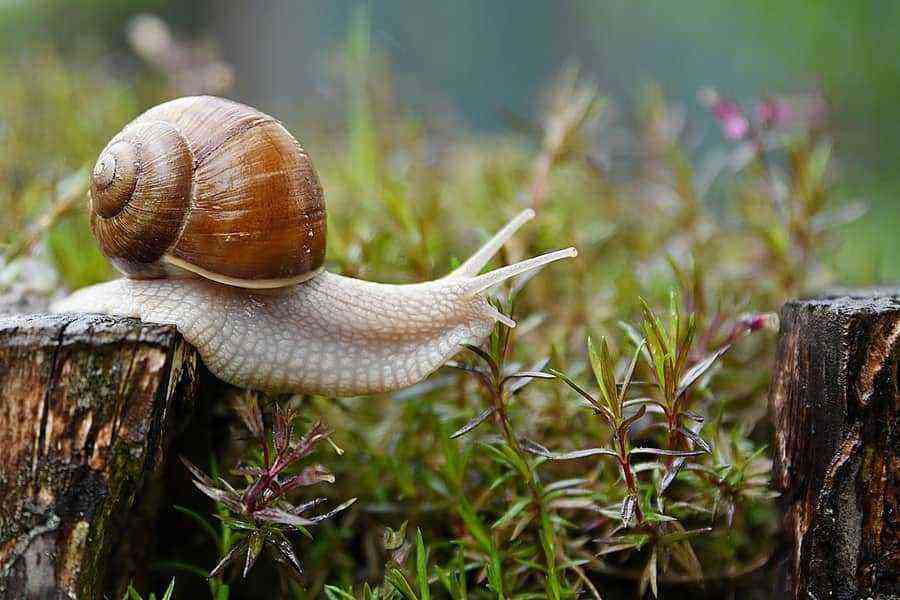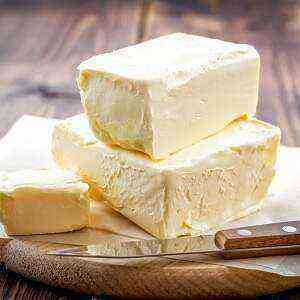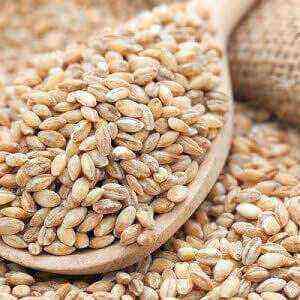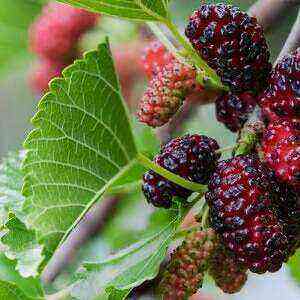
What is mulberry
Mulberry is a tree of the genus Mulberry. There are several hundred varieties of this plant: black, white, red, ornamental. By the way, the type of tree is easily recognized by the color of the bark. The plant, giving black berries, dark bark, white mulberry – more light. Botanists suggest that the first black mulberry trees appeared in southwest Asia, white mulberry is an authentic Chinese tree, and red varieties are the aborigines of the American continent. By the way, red mulberry is the most short-lived of the whole family: there is rarely a place to see red mulberry older than 75 years. According to the shape of the botanical crown, there are narrow-pyramidal and spherical weeping varieties of wood. Mulberry is not afraid of winter frosts – it withstands minus 35 degrees. Its main enemy is spring frosts.
The adult mulberry is a 10-20-meter tree with a wide crown and strong roots. This plant always keeps a large amount of moisture under it. Therefore, in the shade of a mulberry tree, fresh air and coolness are always preserved (even in the summer heat). Mulberry belongs to dioecious plants, that is, for fertilization requires female and male specimens. Botanists advise for every 5 female plants to plant on 1 male mulberry. Although you can choose an easier way – to plant on one plant cuttings of two sexes. Under favorable conditions, the berries on the tree appear in June. One adult tree can produce more than two quintals of berries. Fruits of white varieties are sweeter, and trees are taller than black mulberries.
At one time in China, on pain of death, it was forbidden to take out mulberry seeds and silkworm caterpillars from the country. There are two legends about how a mulberry tree turned out to be outside of the Middle Kingdom. According to the first, the Byzantine monks took the seeds out of the country. The second tale speaks of a merchant from Central Asia, who tricked them to steal seeds and a few caterpillars. Silkworms died on new ground without feed, but the trees settled down. By the way, silkworms today are a source of extremely high-quality, but very expensive silk. One caterpillar yields approximately 800 m yarn.

Today, thickets of mulberry trees can be seen in the northern Caucasus, in central Russia, Armenia, Georgia, Azerbaijan, Moldova, Ukraine and many other countries.
The nutritional value
I must say that, despite the slight difference in taste, both white and dark varieties of mulberry are very useful for humans, and the chemical composition of berries of different varieties is almost the same.
Ripe mulberries contain a lot of sugar (mainly in the form of fructose and glucose), tannins, organic acids (including malic and citric), flavonoids, coumarins, pectin, lutein, zeaxanthin, resveratrol and other polyphenolic compounds. Mulberry berries are a rich source of iron, potassium, calcium, magnesium and phosphorus, they contain vitamins C and group B. Despite the fact that white berries are sweeter than black berries, they have almost the same calorie content: 64 kcal – in black and 67 kcal – in white. But as a source of iron ray take black berries.
Nutritional components on 100 g mulberry (average)
Calories 64-67 kcal Proteins 1,4 g Fats 0,4 g Carbohydrates 9,8 g Vitamin A 1 μg Vitamin C 36,4 mg Vitamin E 0,87 mg Vitamin K 7,8 μg Vitamin B1 0,03 mg Vitamin B2 0,1 mg Vitamin B3 0,62 mg Vitamin B6 0,06 mg Vitamin B9 6 μg Calcium 39 mg Iron 1,85 mg Magnesium 18 mg Phosphorus 38 mg Potassium 194 mg Sodium 10 mg Zinc 0,12 mg Copper 0,06 mg Selenium 0,6 μg
Useful Properties

- strengthens the immune system;
- cleans the blood;
- prevents excessive blood clots;
- prevents early aging;
- improves brain function;
- serves as prevention of colds and viral diseases;
- improves kidney function;
- cleans the liver of toxins;
- improves vision;
- prevents inflammatory processes;
- reduces the risk of cancer;
- is a source of antioxidants;
- prevents Alzheimer’s disease;
- promotes weight loss;
- has antibacterial properties;
- strengthens the heart;
- improves appetite;
- reduces cholesterol.
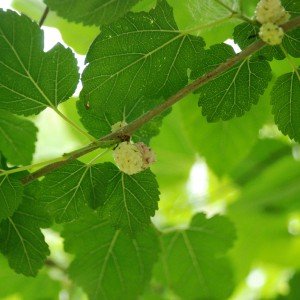
In addition, natural preparations of white mulberry leaves are more useful than pharmacy medicines. Antioxidant compounds have been found in the green of the mulberry tree that are also useful in preventing diabetes complications. Mulberry extract with propolis is also useful for the regulation of blood sugar, prevention and treatment of obesity, which appeared on the background of diabetes. But at the same time it should be understood that mulberry is a very sweet fruit that is undesirable for people prone to hyperglycemia.
With its antioxidant abilities, mulberry protects the body from the damaging effects of free radicals. In addition, studies have confirmed that the substances contained in white mulberry inhibit the oxidation of low-density lipoproteins (bad cholesterol), thereby reducing the risk of atherosclerosis. And resveratrol protects blood vessels from destruction. By the way, dark varieties of berries are considered more useful for the heart, while the nervous system feels more advantageous from whites.
Flavonoids derived from mulberry leaves have shown their effectiveness in combating Staphylococcus aureus, Salmonella, and dysentery bacteria. Substances with antiviral properties have also been found in the bark and roots of the plant. And the carotenoids contained in the mulberry tree protect the retina, prevent cataracts and macular degeneration.
Use in traditional and traditional medicine

Mulberry berries are useful for treating anemia, catarrhal diseases, atherosclerosis, heart disease and kidney disease. Researchers have determined that the leaves of a mulberry tree contain antioxidant substances, as well as components that reduce the level of bad cholesterol and prevent Alzheimer’s disease.
The juice from the berries perfectly quenches thirst. It is recommended at high temperature and lack of appetite. Juice of mulberry is useful to gargle with sore throat, and also it is a good medicine for healing ulcers and inflammations in the oral cavity. Mulberry juices are also useful for tachycardias, arrhythmias, atherosclerosis, bronchitis, asthma and kidney diseases. They are added to tea for colds and sore throats.
Herbalists recommend black mulberry medications to fight breast and ovarian cancer. Mulberry leaf tea lowers blood sugar levels, and unripe berries are known in oriental medicine as a remedy for gastritis and intestinal colic.
Alcoholic infusion of ripe fruit is used as a diaphoretic and diuretic, and a decoction of dried berries is useful for coughing and flu.
Tincture of berries
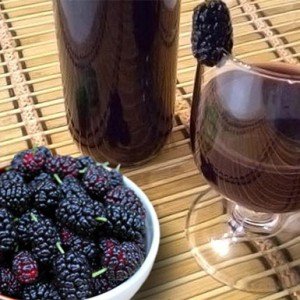
Decoction of leaves or bark
Three tablespoons of dry leaves or tree bark (you can take the mixture) pour 2 glasses of boiling water. Cook in a water bath for about 30 minutes. Remove from heat, wrap, insist 15 more minutes. Strain and take half a glass in the morning and evening. This tool is useful for the treatment of colds, as well as the prevention of respiratory diseases.
Tea against diabetes
The recipe for this drink is well known in Japan and Korea. Ready to drink after meals to reduce blood sugar. On 1 g white mulberry leaves you need 100 ml of boiling water. Tea insist 3-5 minutes.
What to cook from mulberry
In Central Asia, dried white mulberry berries are crushed and added to baking flour. But more often the fruits of the mulberry tree are eaten fresh, although many housewives like to make mulberries jam, compotes, berry filling for pies and even candied fruits. Connoisseurs of good alcohol use mulberries for wine, tinctures, liquors or homemade vodka, and in the Caucasus, dushab (a sweet reminiscent of honey) is made from berries. By the way, lovers of very sweet desserts should pay attention to light varieties of mulberry, since dark ones are more acidic.
Mulberries are very juicy. From 10 kg of fruits, you get about 6-7 liters of juice, which you can immediately consume or ferment and make an alcoholic drink from it.
What else is useful mulberry
Mulberry is not only food for the silkworm. In the east, dense but light mulberry wood is used to make musical instruments and wine barrels. It is said that mulberry barrels give the drink a special noble flavor. And the bark of the tree goes to amulets and amulets.
And the leaves of mulberry appreciated not only caterpillars, but also people. In China, for example, teas are made from mulberry greens, on the island of Java it is used for salads, and in pharmacology, the extract of mulberry leaves is used to produce fomidol (a drug that increases the protective functions of the body).
Use in cosmetology
The tradition of using mulberry in cosmetology dates back to ancient China. There, local women used juice and essential oils derived from mulberry as a remedy for freckles and wrinkles. Chinese beauties used mulberry flowers in the role of tonic.

Decoctions and infusions of mulberry contribute to hair growth, prevent their loss. It is believed that if you regularly eat mulberry, and a decoction of leaves is rubbed into the scalp, then early graying can be prevented.
Mulberry is an amazing plant: a massive tree that gives small tender berries that resemble blackberries or raspberries. And I must say, mulberries are not inferior to raspberries, blackberries, or other more popular fruits in their beneficial properties.

